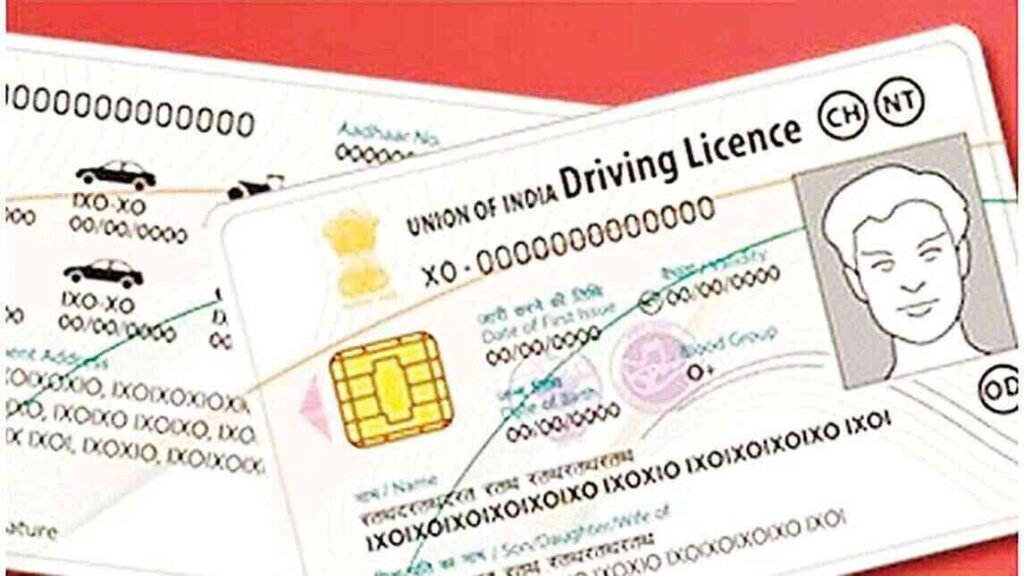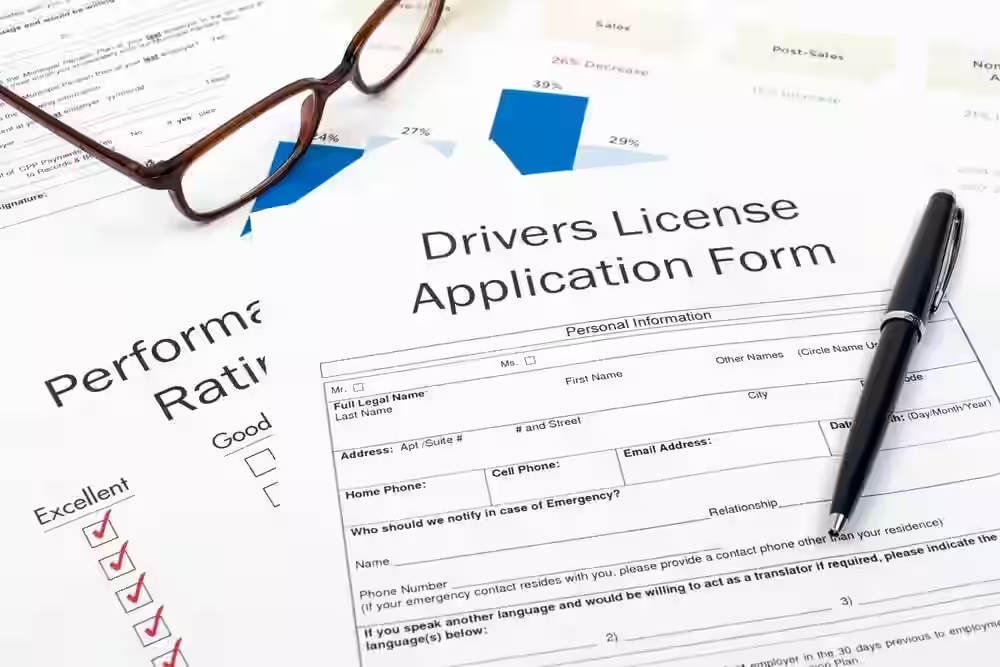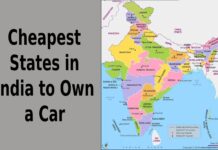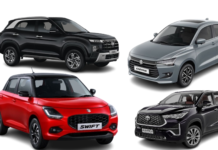Driving in India is not just about hitting the road—it’s an adventure! From dodging auto-rickshaws to navigating through unpredictable traffic, having a valid driving Licence is your legal ticket to take on this wild ride. But here’s something you might not know: there isn’t just one type of driving Licence in India. Depending on the type of vehicle you drive and whether you use it for personal or commercial purposes, you need a specific Licence. Sounds complicated? Don’t worry, we’re here to simplify it for you! Let’s break it down step by step so you can get your driving Licence without losing your patience.
Different Types of Driving Licenses in India
India follows a structured system when it comes to issuing driving Licences. There’s no one-size-fits-all approach because not all vehicles are the same. Here’s a look at the different types of Licences issued by the Regional Transport Office (RTO).
Learner’s Licence (LL) – Your First Step to the Roads
Before you get a permanent Licence, you need to start with a learner’s Licence. This temporary permit allows you to practice driving but comes with a few conditions. You must be accompanied by someone who holds a valid driving Licence, and an ‘L’ sign should be displayed on your vehicle. The learner’s Licence is valid for six months, but after at least one month of practice, you can apply for a permanent Licence. So, take your time to master those turns and reverse parking skills!
Permanent Driving Licence (DL) – The Real Deal

Once you’re confident behind the wheel and have spent at least a month practicing, you can apply for a permanent driving Licence. To get one, you need to pass a driving test conducted at your local RTO. If you manage to drive without knocking over cones or making the instructor clutch their seatbelt in fear, you’ll be issued a permanent driving Licence. This Licence is valid for 20 years or until you turn 50—whichever comes first.
Two-Wheeler Licence – For the Bike Lovers
If you prefer two wheels over four, this Licence is for you. It is further divided into two categories:
- Two-Wheeler Without Gear Licence – For mopeds and gearless scooters like Activa. Minimum age: 16 years (with parental consent).
- Two-Wheeler With Gear Licence – For motorcycles with manual transmission. Minimum age: 18 years.
So, whether you want to cruise around on a scooty or rev up a Royal Enfield, make sure you have the right Licence!
Light Motor Vehicle (LMV) Licence – The Most Common One
Planning to drive a car? The LMV Licence is what you need. This allows you to drive hatchbacks, sedans, SUVs, and other private vehicles. The minimum age to apply is 18 years. If you can steer a car without mistaking the accelerator for the brake, you should be good to go!
Commercial Vehicle Licence – The Professional Driver’s Badge

If you want to drive a commercial vehicle like a taxi, truck, bus, or delivery van, you need a special Licence. The process for obtaining a commercial vehicle Licence is stricter because public safety is at stake. To get one, you must:
- Be at least 20 years old.
- Have completed at least 8th grade (in some states).
- Already hold an LMV Licence.
- Undergo training at a government-recognized driving school.
If you’ve ever wondered how bus drivers manage to drive in rush-hour traffic without losing their cool, now you know—they’ve had special training!
Heavy Motor Vehicle (HMV) Licence – For the Big Boys
If you dream of driving a giant truck or bus, an HMV Licence is a must. These vehicles require extra skill and responsibility, so you must already have experience with smaller vehicles before applying. The minimum age requirement is 20 years, and a rigorous driving test ensures that only the best drivers get this Licence.
Road Roller Licence – The Construction Pro’s Licence
If you’re into construction and need to operate a road roller, this is the Licence for you. Since road rollers aren’t exactly your everyday ride, special training is required before you get one.
International Driving Permit (IDP) – Take Your Skills Abroad
Planning to drive outside India? You’ll need an International Driving Permit (IDP). This document allows Indian citizens to legally drive in foreign countries. To apply, you must already have a permanent driving Licence and provide documents such as a passport, visa, and medical fitness certificate. The IDP is typically valid for one year, so plan your international road trips accordingly!
How to Apply for a Driving Licence in India

The good news? Applying for a driving Licence is easier than ever, thanks to online applications. Here’s how you can get yours:
Step 1: Apply for a Learner’s Licence
The journey starts with a learner’s Licence. You can apply online through the Parivahan website or visit your nearest RTO. You’ll need to:
- Fill out the application form.
- Submit age proof, address proof, and passport-sized photographs.
- Pay the required fee.
- Take an online test on road signs and traffic rules.
Pass the test, and congratulations—you’re officially a learner driver!
Step 2: Practice, Practice, Practice!
With your learner’s Licence in hand, it’s time to hit the roads (under supervision, of course). Use this time to perfect your driving skills before taking the final test.
Step 3: Apply for a Permanent Driving Licence
After at least one month of practice, you can book a slot for the permanent driving test. Here’s what happens on test day:
- Show up at the RTO with your learner’s Licence and documents.
- Take the driving test, which may include basic maneuvers like parking, reversing, and lane discipline.
- If you pass, you’ll soon have your permanent driving Licence!
Step 4: Get Your Licence Delivered
If you successfully pass the test, your permanent driving licence will be sent to your registered address or made available for pickup at the RTO.
Driving Licence Renewal – Because Nothing Lasts Forever
Your driving Licence is valid for up to 20 years, but after that, you’ll need to renew it. The renewal process is simple:
- Apply online or visit the RTO.
- Submit your age and address proof.
- Pay the renewal fee.
- If necessary, undergo a medical test (for commercial drivers).
Final Thoughts
Getting a driving Licence in India isn’t as scary as it sounds. Whether you’re a newbie or an experienced driver looking to upgrade your Licence, understanding the process makes everything smoother. The key is to follow traffic rules, drive responsibly, and keep your Licence up to date. With online services making the process more convenient, there’s no reason to delay getting your Licence. So, if you haven’t applied yet, it’s time to start your journey toward becoming a legal driver. Stay safe and happy driving!








